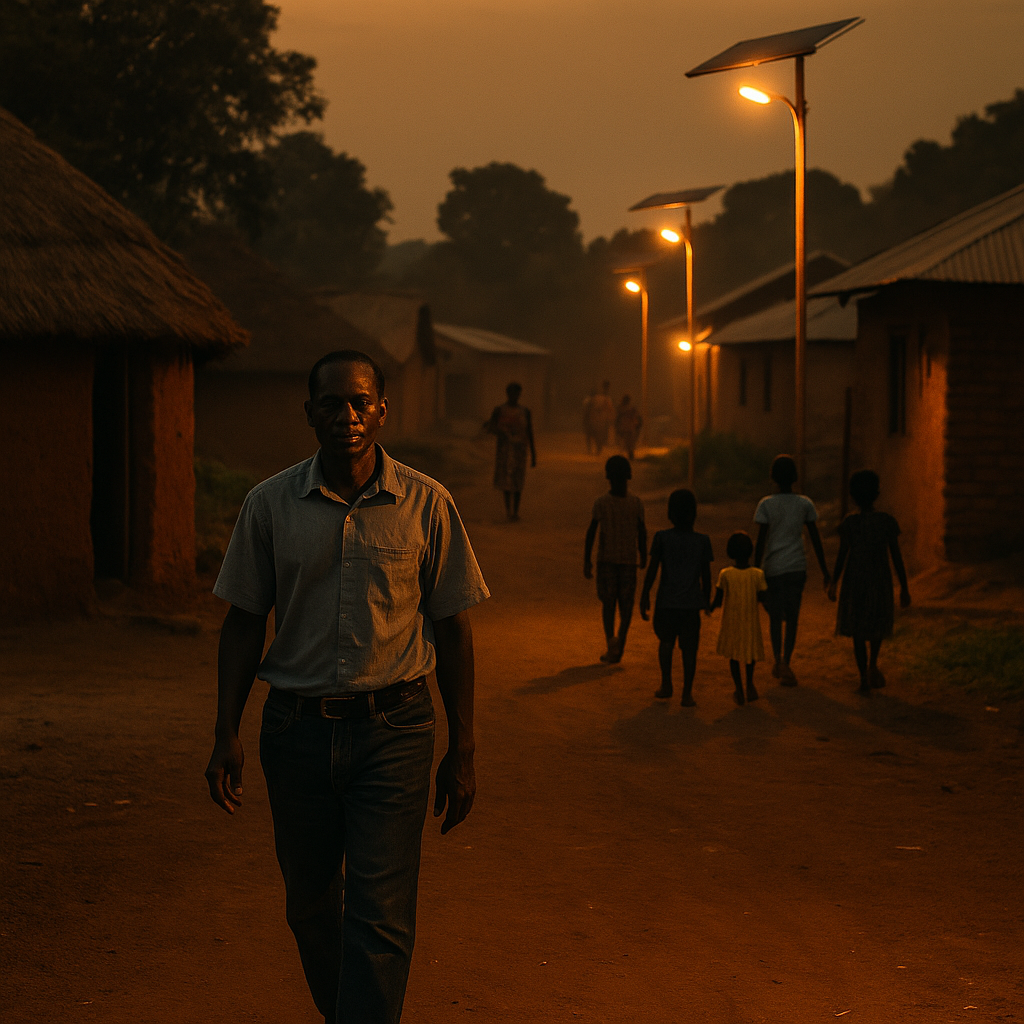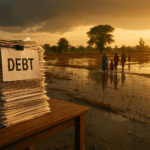At the just-ended Africa Climate Summit in Addis Ababa, I found myself circling back to one persistent question: who really pays for loss and damage in Africa?
In side events and plenary sessions alike, leaders spoke of resilience, ambition, and the promise of new finance flows. Yet behind every declaration, I could hear the echoes of unmet promises. For communities already grappling with cyclones in Mozambique, floods in Nigeria, or drought in the Horn of Africa, loss and damage are a daily reality.
And the way finance flows today, they are the ones paying the price.
Loss and damage is not adaptation
It is tempting to fold loss and damage into the broader adaptation agenda. But they are not the same. Adaptation is about preparing for future climate risks: building dams, planting drought-resistant crops, and upgrading early warning systems.
Loss and damage, however, refer to irreversible harm already suffered. Homes washed away. Farmland rendered infertile. Livelihoods lost to storms that cannot be adapted to. When a family in Malawi loses its only plot of land to flooding, there is no adaptation measure to restore it. That is loss.
Yet international finance frameworks continue to blur the two. Pledges often arrive as loans tagged for “resilience”, while true compensation for loss and damage remains elusive.
The injustice of loans for loss
What struck me most during ACS2 was the mismatch between the urgency of loss and damage and the form of finance being proposed. According to the IMF (2025), 57% of Africa’s adaptation finance in 2024 was delivered as loans. If even adaptation finance is loan-heavy, what hope exists for loss and damage?
This is not just technical accounting, but rather an injustice. Asking countries already reeling from climate disasters to borrow for recovery is equivalent to making the victim pay for the crime. In 2024, Africa’s governments spent $163 billion servicing debt (Brookings), nearly three times the amount in 2010. Every repayment is money not spent on rebuilding homes, restoring farms, or protecting vulnerable communities.
When I heard pledges of $50 billion annually for climate solutions announced in Addis, I felt both relief and unease. Relief because the ambition is real. Unease because, unless these funds are grant-first and debt-free, we risk building climate resilience on the shaky foundation of more borrowing.
The human face of loss
Numbers alone cannot capture the human cost. At one side event, a civil society leader from Mozambique described how her community is still recovering from Cyclone Idai, six years later. Homes have been rebuilt three times in the same floodplain. Children have missed years of schooling. Farmers have given up planting in soil that no longer yields.
“This is not adaptation,” she said quietly. “This is survival.”
Her words stayed with me. Loss and damage is not abstract policy category. It is families being forced to start from zero again and again, without any guarantee of support.
Why the Addis Declaration matters, but is not enough
The Addis Ababa Declaration rightly placed adaptation and nature-based solutions at the centre of Africa’s climate leadership. But when it came to loss and damage, the commitments were thinner and less defined.
There was unity in demanding fairness. But the financing architecture was left vague. Would the promised $50 billion arrive as loans, guarantees, or direct grants? Would African institutions have direct access, or would money trickle through slow intermediaries like the Green Climate Fund? Without clarity, Africa risks leaving Addis with aspirations but not guarantees.
From pledges to predictable finance
If Africa is to move beyond rhetoric, three shifts are non-negotiable:
- Grant-first loss and damage finance. Compensation for irreversible harm cannot come as loans. It must be grant-based, predictable, and accessible.
- Direct access for African institutions. Communities should not wait years for approvals while intermediaries capture fees. Loss and damage funds must be streamlined for those on the frontlines.
- Debt relief tied to climate action. For heavily indebted countries, debt-for-climate swaps and climate clauses in sovereign bonds can create fiscal space for recovery.
These reforms are not radical; they are the bare minimum of justice.
A continental demand for COP30
As Africa prepares for COP30 in Brazil, I believe loss and damage must be Africa’s red line. Not an add-on, not buried under adaptation pledges, but a central demand: operationalise the Loss and Damage Fund with grant-first rules.
At ACS2, leaders called for unity. That unity must now extend into negotiations. Africa should arrive at COP30 with one voice: we will not finance our own destruction through debt.
My personal conviction
As I left the summit hall in Addis, I thought of the Mozambican leader’s words: “This is survival.” For millions across Africa, climate change is already erasing homes, farms, and futures. Loans will not bring those back.
My conviction is simple: loss and damage must be paid by those responsible for the crisis, not those suffering from it.
That means predictable, grant-first finance. That means structural reforms to access. That means treating Africa’s climate losses not as charity cases but as justice owed.
And until the system shifts, the question I carried into Addis will remain: who really pays for loss and damage?
Follow Energy Transition Africa for more updates:
![]()
![]()
Vincent Egoro is a leading African voice on the just energy transition, fossil fuel phaseout and critical minerals governance. With over a decade of regional advocacy experience, he works at the intersection of transparency, accountability and sustainability, advancing community-driven solutions that put Africa at the heart of global climate action.



